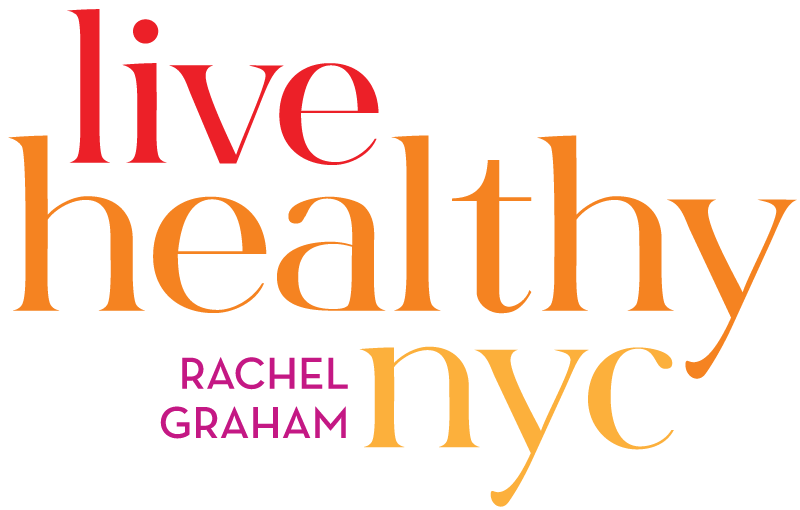I have a very hard time going to the supermarket for just the one or two items that I went in for. I use to think that this was hereditary as when I was younger my parents would say “I just have to stop for milk” and they would come out 30 minutes later with a shopping cart filled! I have since learned that this isn’t genetic but rather the supermarkets are designed like they are with a purpose.
It’s all in the layout. Every aspect of a store’s layout—from the produce display near the entrance to the dairy case in the back to the candy at the register—is designed to stimulate shopping serendipity. I have found some interesting information about the supermarket design that I will share with you and a plan to help you go to the market for exactly what you need and not end up with what you don’t.
The Flowers, Produce and Bakery Dept: Usually the first thing you see when you enter the store are the bright colors of the flowers and fresh produce. You also smell what’s cooking in the bakery dept. This is designed on purpose to convey a sensory experience that the store is fresh. This makes you feel hungry, and the hungrier you are when you shop, the more food you will buy. So, don’t go shopping when you are hungry! And bypass this counter!
General Merchandise and Canned Goods: Generally these are in the center aisles to draw consumers deeper into the market and expose them to nonessential items along the way. Stay focused by making a list.
Dairy Products, Eggs, Meat, and Other Staples: These items are usually along the back wall of the store. Stores typically put these items in the farthest reaches of the store to expose customers to the maximum amount of product on their ‘quick trip’ so they will impulsively buy other things. As with produce, take eggs and milk from the back of the case; older merchandise tends to be pushed forward.
The placement on the shelf is also something to be aware of: The Top shelf stocks smaller brands, regional brands, gourmet brands. The Bull’s Eye Zone (the middle shelf) are for best sellers and other leading brands. These are front and center, right in your sight line. It is the best placement, and did you know that the manufacturers have to pay for this spot? The Kid’s Shelf are filled with kid’s appeal and you should leave the kids at home if you really want to get what you need in a timely manner!
Now that you know about the layout of the supermarket, I will share afew healthy tips that I often I tell my clients when shopping:
Go in with a shopping list. People who use shopping lists on average will spend a lot less than those who go in with no plan.
DON’T SHOP HUNGRY! You would be surprised how much your purchases are dictated by hunger. Not only that when a person is hungry with low blood sugar they tend to buy worse quality food. Things like refined carbs and snacks are seen as quick way to stamp out hunger. Remember about the smells of freshly baked bread..
Sticking to the outer ring is not only where the real, whole food is but contains everything you actually really need to be healthy. Outside of the odd thing like nuts and frozen vegetables and fruit there is NOTHING that is in the aisles that you need to be healthy.
If it’s in a package don’t buy it! Ideal food does not come in a package nor does it have an ingredient list or nutrition information attached to it. Packaged and manufactured food will cost more overall than fresh produce so do your wallet and your waistline a favor.
What are your supermarket experiences? I would love to hear! For more information and how to shop for healthy foods without buying the junk food.
For more information contact me at rachel@livehealthynyc.com

